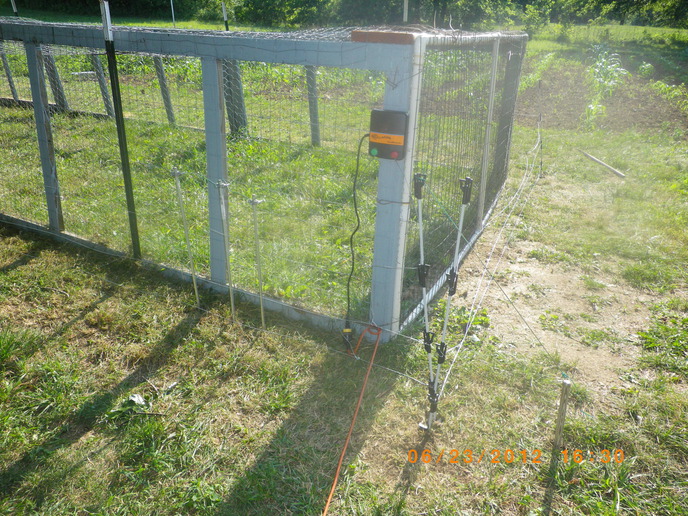Britcheflee
Well-known Member
I purchased a gallagher pulsed electric fence charger on e bay - it shows the positive side going to the electric fence (or in my case a wire I am going to string around the perimeter of the chicken run) and the negative side going to ground - it says a good ground is needed and that it works best in wet soil conditions (shows 3 stakes in the ground)- well, this is California and for the next 8 months the ground around the chicken run will be bone dry - it shows a way to run a separate wire which would be grounded - my question is - do I put a ground stake and one wire to ground and then run the other 'ground wire' around the perimeter just below the positive wire and then ground this as well? Or would this wire need to go to the negative side of the charger after running the perimeter of the run?
Hope my question makes sense.
Lee
Hope my question makes sense.
Lee


